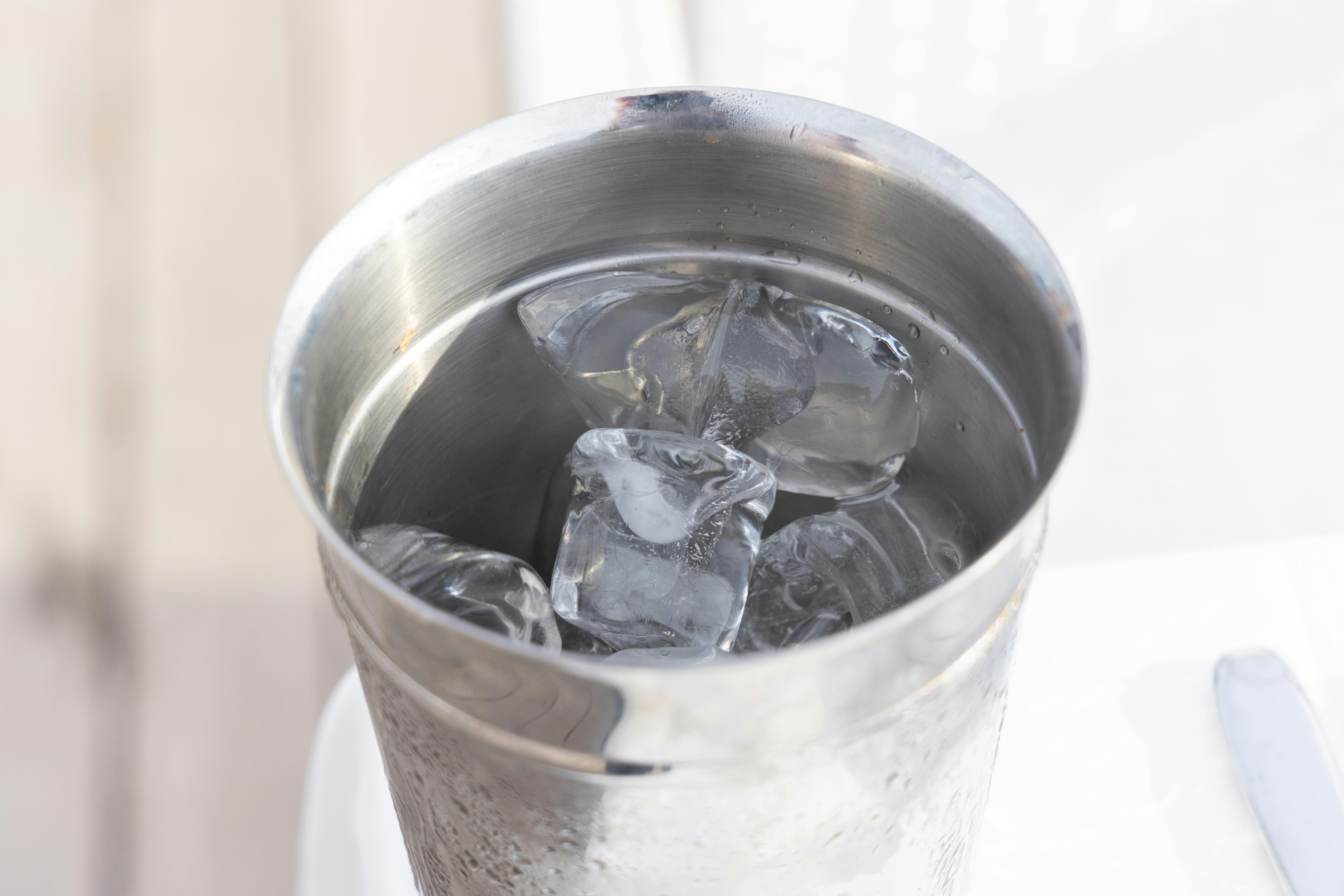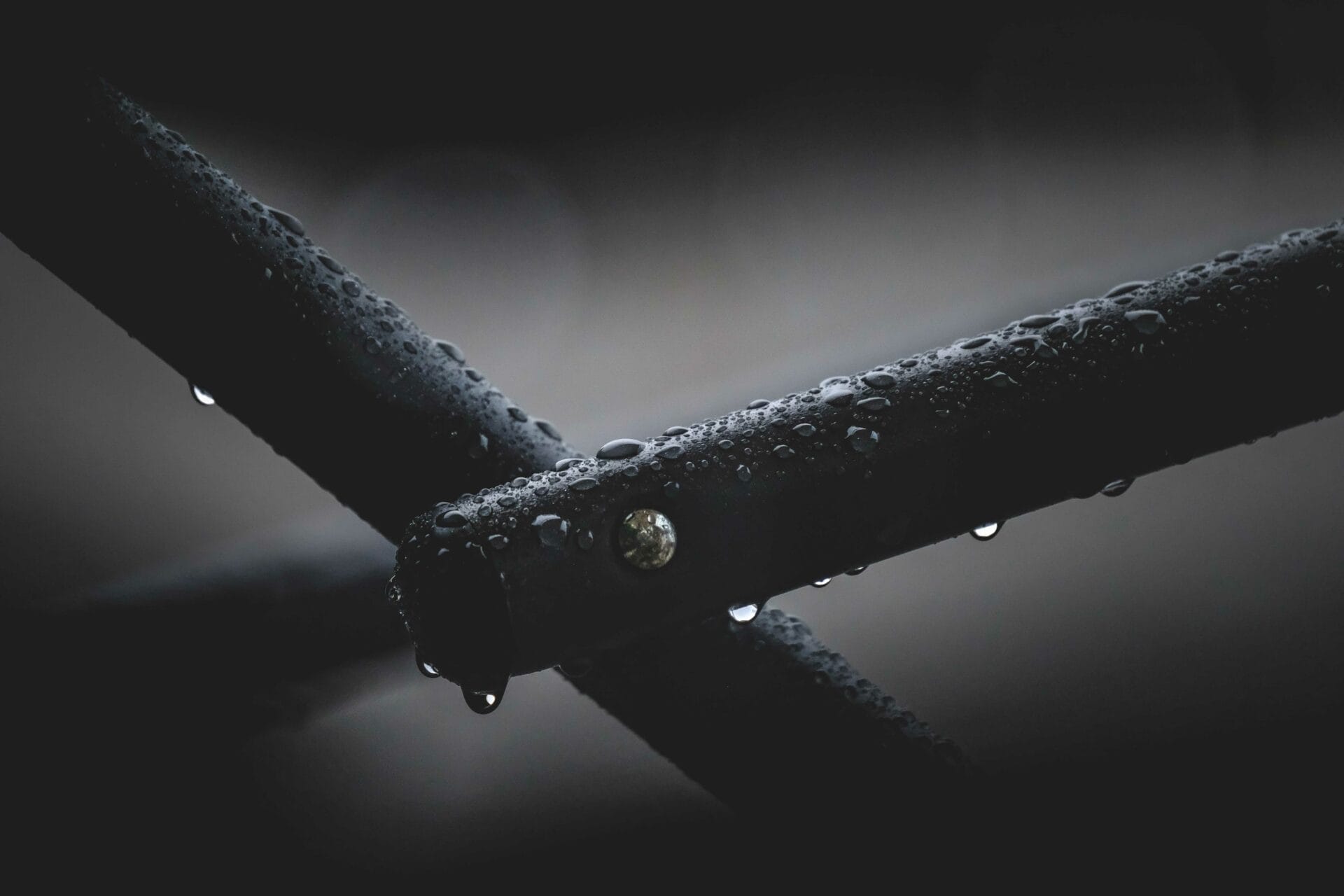Stainless steel water distillers are a great way to enjoy clean, crisp drinking water. However, they require regular cleaning and maintenance in order to keep them running efficiently and effectively. In this guide, we’ll explain the best way to clean your stainless steel water distiller. We’ll cover how often you should clean it, what supplies you’ll need, and the step-by-step process of cleaning it. Once you’ve followed these steps you’ll be able to enjoy crystal clear drinking water from your stainless steel distiller for years to come.1. Begin by emptying the water and mineral deposits from the distiller.
2. Wipe down the interior and exterior of the distiller with a soft cloth or sponge that has been dampened with warm water and a mild, natural cleaner such as baking soda.
3. Rinse out the stainless steel interior with warm water to remove any remaining cleaning solution.
4. For stubborn mineral deposits, fill the distiller with a vinegar solution (equal parts vinegar and water) and let it sit for 30 minutes before emptying it out.
5. Once all of the solution is removed, rinse again with warm water to remove any remaining vinegar residues or minerals.
6. Dry the interior and exterior of the distiller with a clean cloth or towel before storing it away for future use.
What You Need To Clean a Stainless Steel Water Distiller
Cleaning a stainless steel water distiller is an important part of its maintenance. To properly clean a stainless steel water distiller, you need the following items: distilled vinegar, rubbing alcohol, baking soda, cotton swabs, and old toothbrushes.
Before beginning the cleaning process, it is important to unplug the distiller from the power source and allow it to cool completely. Once cooled, use a soft cloth to wipe away any dust or debris from the outside of the unit.
Once all visible dirt and debris are removed, it is time to clean the inside of the distiller. Start by filling the chamber with equal parts distilled vinegar and warm water. Allow this mixture to sit for several hours before draining and rinsing with warm water.
Next, use rubbing alcohol on a cotton swab to clean all surfaces of the chamber thoroughly. Make sure to pay special attention to any areas that are difficult to reach with a cloth or sponge. Finally, sprinkle baking soda into the chamber and scrub with an old tooth
Disassembling the Water Distiller
The water distiller is a complex and intricate device that requires careful disassembly. Before attempting to disassemble the unit, it is important to unplug it from the wall outlet and turn off any connected water supply valves. Additionally, you should ensure that the unit has completely cooled down before taking it apart.
Once all safety precautions have been taken, you can begin to carefully disassemble the water distiller. Begin by removing all visible screws and nuts using an appropriate screwdriver or wrench. Carefully remove any attached hoses and fittings, and then remove the top lid of the unit. Inside you will find several components such as a heating element and a collection cup.
Next, carefully remove any wires that are connected to the heating element and then unscrew it from its mounting bracket. Once removed, disconnect any other components such as thermostats or sensors. After this is done, you can then remove any insulation material that is inside of the unit’s body in order to access additional components such as a pump or fan motor.
Finally, gently lift out the collection cup assembly from its housing and then
Step 1: Empty the Reservoir
The first step to clean your water distiller is to empty the reservoir. Make sure to dispose of the used water carefully. Then, thoroughly rinse the reservoir with warm water. Once done, set it aside to dry.
Step 2: Clean the Boiler
Next, clean the boiler with a soft cloth dampened with white vinegar or distilled water. Use a brush or old toothbrush to scrub off any residue from the inside of the boiler. Rinse off any vinegar or other cleaning agents and allow it to air dry before use.
Step 3: Wipe Down the Exterior
To keep your distiller looking nice, wipe down the exterior with a soft cloth dampened with mild dish soap and warm water. This will help remove any dirt and dust that has accumulated on the outside of your machine.
Step 4: Descaling
Descaling is an important step in maintaining your water distiller that should be done once every 3-
Use of Mild Detergents and Cleaners
Mild detergents and cleaners are a safe and effective way to clean surfaces without damaging them. They are ideal for cleaning hard surfaces such as countertops, floors, and appliances. Mild detergents are also great for spot cleaning carpets and upholstery. When using mild detergents or cleaners, it is important to follow the instructions on the packaging carefully. Make sure to wear protective gloves when handling any type of cleaner or detergent.
Mild detergents or cleaners can be used on most surfaces without fear of causing damage. They are gentle enough to use on delicate fabrics such as silk, linen, velvet, and wool. It is important to test a small area of fabric before using a mild detergent or cleaner on larger areas. This will help ensure that the fabric will not be damaged by the cleaner or detergent.
When using mild detergents or cleaners, it is important to rinse surfaces with water after cleaning them. This will help remove any residue that may have been left behind from the cleaning solution. It

Cleaning the Boiler and Filter Tray of the Water Distiller
Regular cleaning of the boiler and filter tray of a water distiller is essential for optimal performance. This is because, over time, minerals can build up in the boiling chamber and filter tray, creating a layer of sediment that can reduce output and taste. Fortunately, cleaning the boiler and filter tray is quick and easy.
To begin, it’s important to make sure that all remaining water has been drained from the distiller before starting the cleaning process. Once this has been done, remove the filter tray from its housing. Depending on your model of distiller, you may need to unscrew a few screws or simply pull it out.
Once you have removed the filter tray, use a damp cloth or sponge to wipe down its surface to remove any dirt or debris that may have accumulated. If there is a sizable build-up of sediment on the bottom of the filter tray, you can use a soft brush to gently scrub it off. Once you are satisfied with your cleaning efforts, rinse off any remaining residue and allow it to
Cleaning the Carafe or Collection Container of the Water Distiller
It is important to clean your carafe or collection container of your water distiller regularly to ensure that it is free from any dirt, debris, or bacteria. If the carafe is not cleaned regularly, it can accumulate harmful bacteria and other contaminants that can cause health issues. To clean your carafe, start by unplugging the unit. Make sure to empty any remaining water and discard it. You can then use a mild detergent and either hot or cold water to clean the carafe. Make sure you rinse off any soap residue thoroughly before re-filling with distilled water.
For difficult stains, you may need to use a stronger cleaner such as vinegar or baking soda. To do this, fill the carafe halfway with hot water and add one cup of white vinegar or baking soda. Allow this mixture to sit for about 30 minutes before emptying and rinsing with hot water, then cold water. When finished cleaning, make sure to dry out any remaining moisture before replacing the carafe back onto the unit.
Finally, it
Sanitizing the Water Distiller
Water distillers are a great way to purify water and make it safe for drinking. However, it is important to keep your water distiller clean in order to maintain its effectiveness. Sanitizing your water distiller is an important part of keeping it running properly and ensuring that you are drinking safe, clean water. Here are some tips for sanitizing your water distiller.
The first step in sanitizing your water distiller is to empty the entire unit of any leftover distilled water or other residue. This should be done after each use in order to prevent bacteria from building up inside the unit. Once the unit is emptied, you should clean the interior surfaces with a mild detergent and warm water. Make sure to rinse off all of the cleaning solution before proceeding.
Once the interior has been thoroughly cleaned, you should fill the unit with a mixture of one-quarter cup of white vinegar and two gallons of distilled water. The vinegar will help to kill any remaining bacteria or other contaminants in the unit that may have been missed during cleaning. Let this mixture sit in

Conclusion
Cleaning your stainless steel water distiller regularly is an essential part of its maintenance. This will help to ensure that you have clean, pure, and safe drinking water every time. The steps outlined above are simple and straightforward, and they don’t require a lot of time and effort. If you follow them carefully, your stainless steel water distiller should be in good condition for many years to come.
Cleaning your stainless steel water distiller also helps you to save money in the long run. You won’t have to replace it as often if you take good care of it. Plus, you’ll be able to enjoy clean and safe drinking water without having to worry about any impurities or bacteria.
In conclusion, cleaning your stainless steel water distiller is a simple and efficient way to ensure that you can enjoy clean and safe drinking water whenever you need it. Regular cleaning also helps extend the life of your distiller so that you can get the most out of it for years to come.

